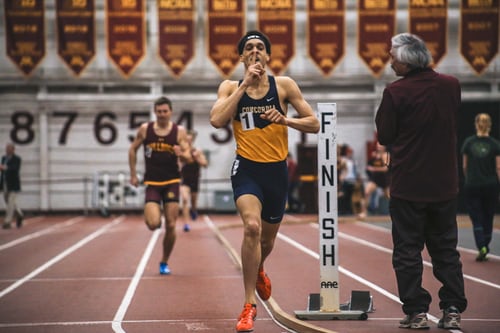
What is NIL (Name Image & Likeness)?
POSTED ON:2023-05-30 19:56:00.
Name, Image, and Likeness (NIL) refers to the right of athletes to profit from their own name, image, and likeness without jeopardizing their eligibility to participate in collegiate sports. It allows college athletes to earn money through endorsement deals, sponsorships, social media promotions, and other opportunities based on their personal brand.
The concept of NIL has been a topic of discussion and debate for many years, but it has gained significant attention and momentum in recent times. In the United States, the National Collegiate Athletic Association (NCAA), the governing body for college sports, has traditionally enforced strict rules prohibiting athletes from profiting off their name, image, and likeness. However, with the changing landscape of sports and increased focus on athlete empowerment, there has been a push to reform these rules and allow athletes to monetize their personal brands.
The movement towards allowing NIL rights began to gain traction in the early 2010s, with notable lawsuits challenging the NCAA's restrictions on athletes' ability to earn money. In 2020, several states in the U.S. passed legislation to grant college athletes NIL rights, prompting the NCAA to adjust its rules to accommodate these changes. On July 1, 2021, the NCAA officially implemented interim NIL policies, allowing athletes across the country to benefit from their NIL.
Since the implementation of NIL rights, there have been several successful use cases where college athletes have leveraged their personal brands to earn income. Many high-profile athletes with large social media followings, such as basketball players Zion Williamson and Paige Bueckers, have secured lucrative endorsement deals with major brands. These partnerships often involve product endorsements, social media campaigns, and appearances, allowing athletes to monetize their popularity and reach.
While NIL presents new opportunities for athletes to earn a living, its sustainability as a sole source of income may vary depending on several factors. The earning potential of NIL largely depends on an athlete's individual brand value, marketability, and the size of their following. Athletes with a strong personal brand, impressive on-field performances, and a substantial social media presence are more likely to attract endorsement opportunities and secure higher-paying deals.
However, success in the NIL space is not solely determined by the number of followers an athlete has. Brands also consider factors such as engagement rates, audience demographics, and alignment with their brand values. An athlete with a smaller but highly engaged and targeted following may still attract lucrative partnerships if their audience aligns with the brand's target market.
Building a successful NIL strategy involves actively developing one's personal brand, engaging with fans and followers, and cultivating meaningful relationships with potential sponsors. Athletes need to invest time and effort in content creation, social media management, and networking to maximize their opportunities in the NIL marketplace. It's also essential for athletes to understand and comply with the relevant regulations and guidelines set by the NCAA, their respective institutions, and local legislation.
In conclusion, NIL represents a significant shift in the landscape of college athletics, allowing athletes to capitalize on their name, image, and likeness. While it offers new avenues for athletes to earn income, its sustainability as a primary source of living depends on various factors. Success in the NIL space goes beyond follower count, emphasizing factors like brand value, engagement, and targeted audience. Athletes who actively build their personal brand, engage with their audience, and forge relationships with sponsors have a better chance of leveraging NIL opportunities effectively.
